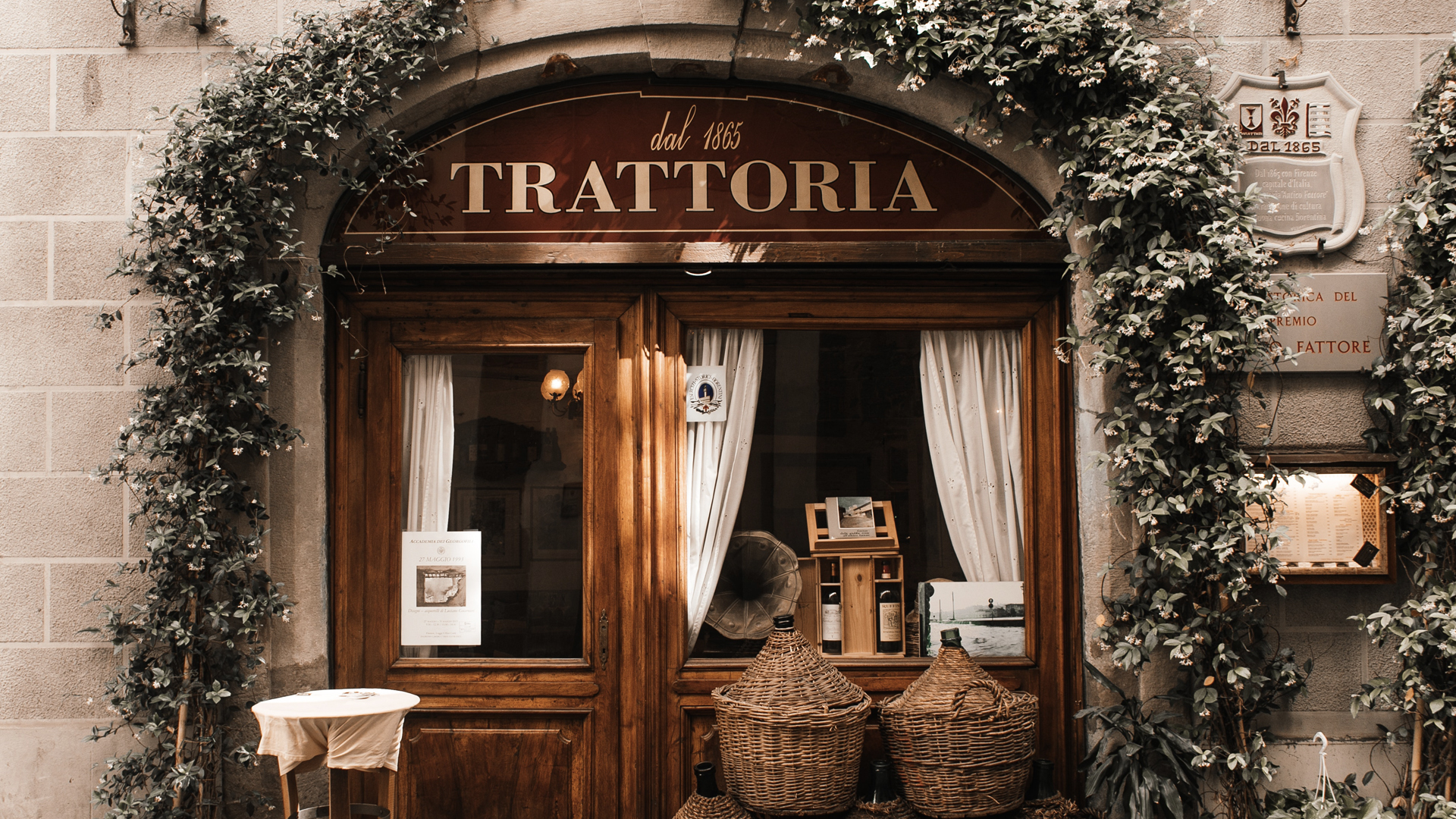Have you ever wondered what the difference is between an Italian osteria or trattoria? Understanding the different kinds of Italian restaurants can be confusing and oftentimes intimidating. There are a plethora of options, one not like the other, so it can be hard to choose which establishment fits your cravings, desired atmosphere and budget. Knowledge is power so take these tips with you as you’re on the hunt for your ideal Italian meal and soak up the magic of Italian hospitality.
Ristorante

A “ristorante” in the Italian sense is the most formal kind of eating establishment in Italy. They can range from intimate and cozy to formal fine dining and generally, you’ll notice higher prices. Patrons will receive a printed menu with a wider selection of dishes and culinary styles than those found in the other types of restaurants. Think full table service, multi-course meals, and an in-house sommelier.
Trattoria
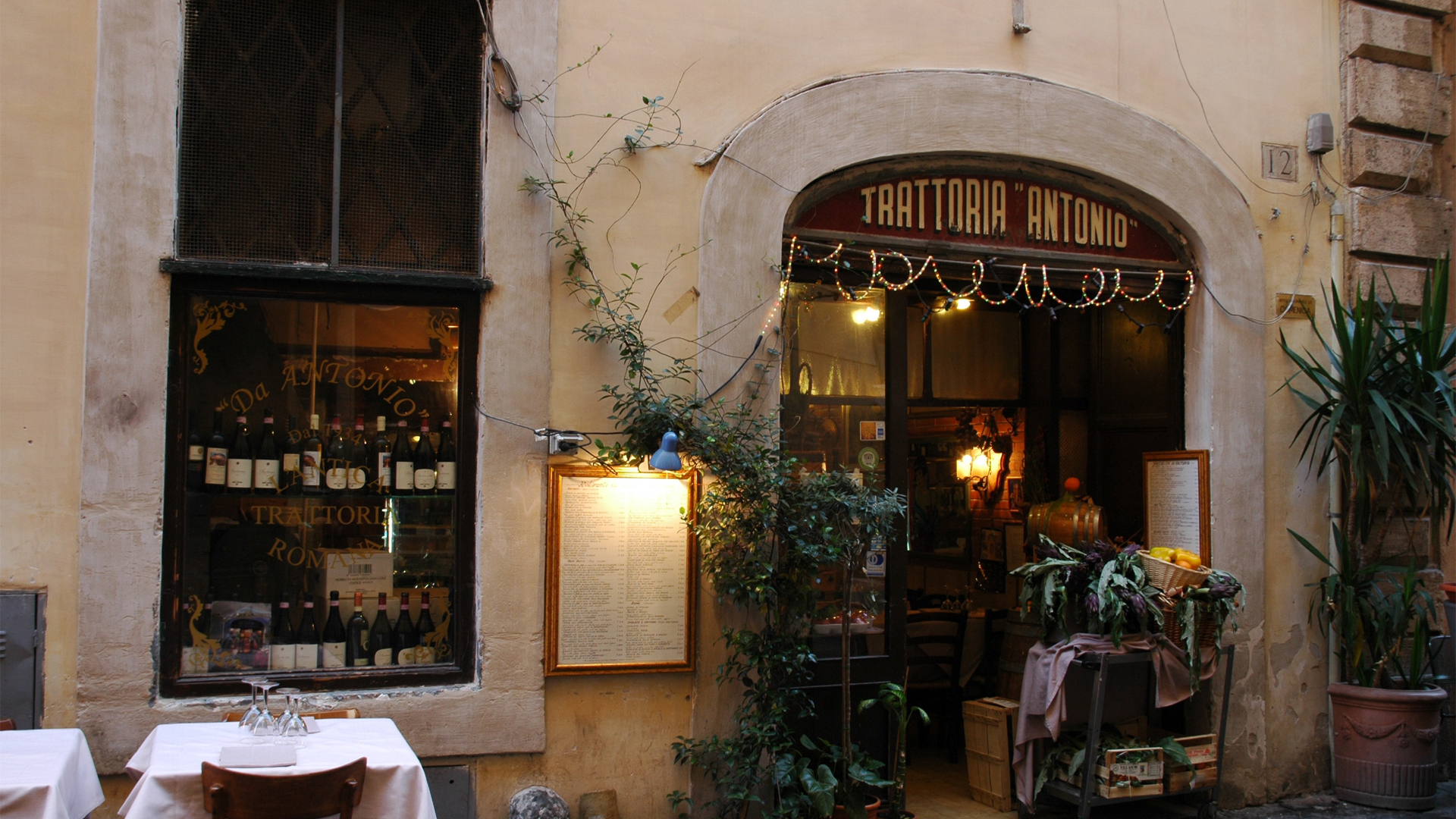
A “trattoria” is an Italian restaurant that is less formal than a ristorante but more formal than an osteria. The name is derived from the French word "traiteur," which means host. One of the key distinctions of a trattoria is that it’s traditionally family owned and operated. The trattoria is popular among travelers and workers as a more economical choice compared to a ristorante. A trattoria is more affordable, and the level of service is simpler but equally as welcoming. You can expect a laid-back atmosphere, high-quality dishes made with local ingredients, and a wide selection of Italian wines.
Osteria
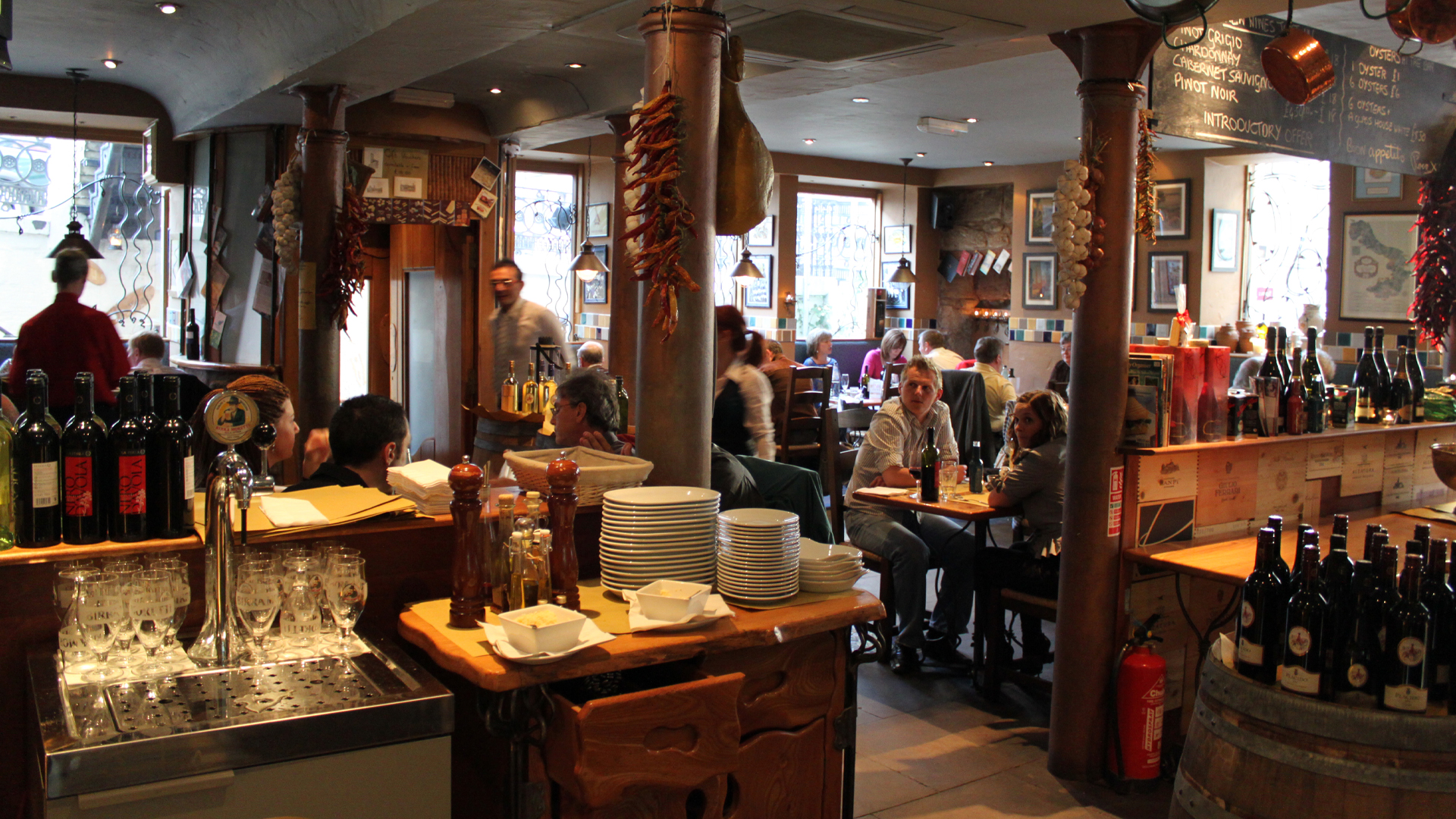
(Photo Credit: Graeme Maclean via FLICKR)
A traditional “osteria” is a restaurant that is less formal than a ristorante and trattoria. The word comes from an old French word for innkeeper or host, "oste”. An osteria was originally an inn that offered sleeping quarters and homemade meals. The difference between an osteria and a trattoria is so slight it can be confusing. An Osteria today does not host guests overnight however, it’s a modest and welcoming restaurant known for its humble atmosphere, homemade recipes, and low prices.
Pizzeria

A pizzeria in Italy only serves pizza by a "pizzaiolo" or pizza maker, working with a wood-burning oven. It can range from informal to fancy. A true pizzeria only serves pizza, but some restaurants will also serve pizza along with a full menu of appetizers, first and second courses, and desserts. There is also "pizza al taglio," which is the Italian version of pizza by the slice. Slices will be wrapped in a convenient piece of cardboard or wax paper to keep your hands clean.
Tavola Calda
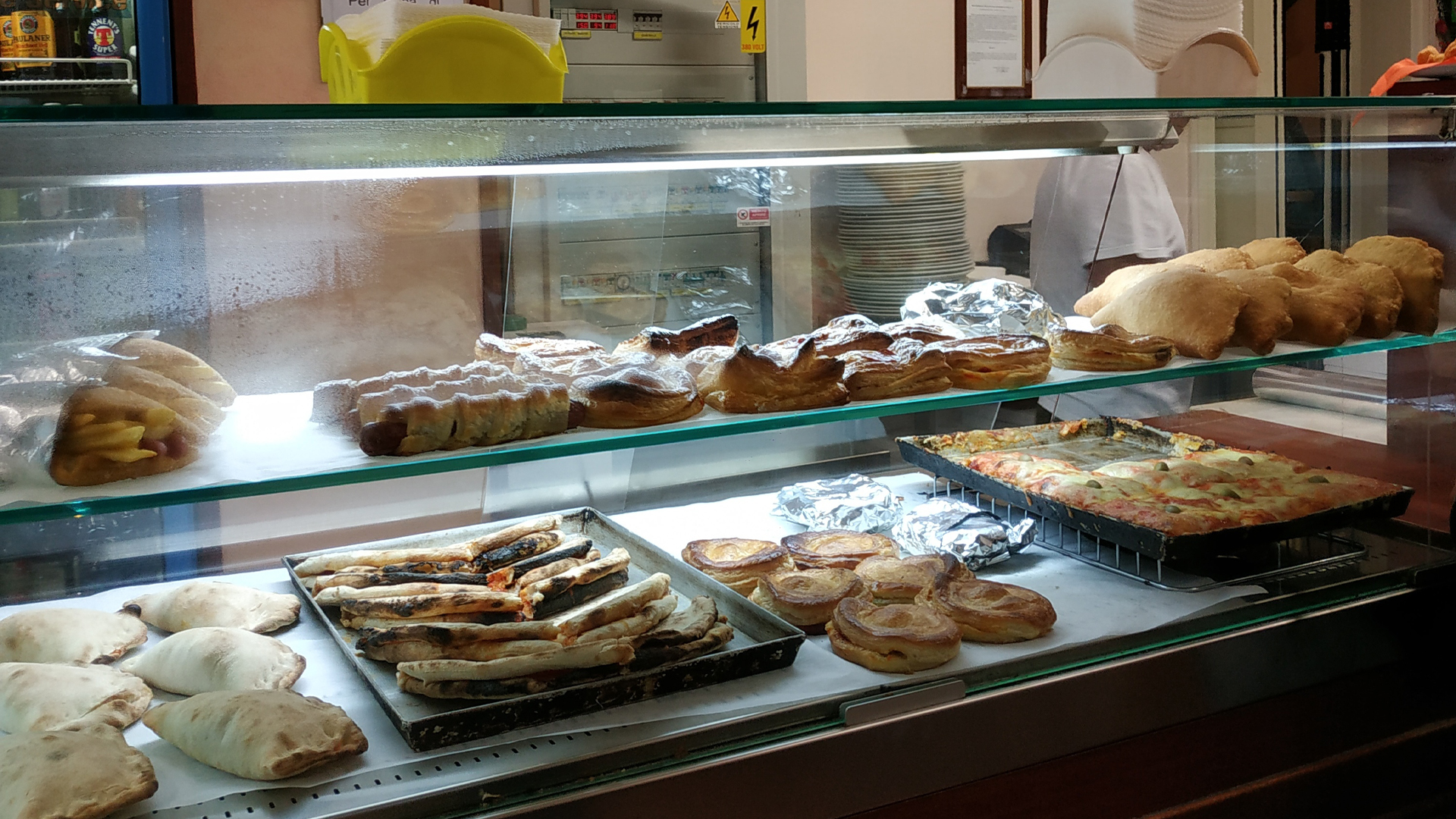
A "tavola calda", literally translated to hot table, is a no frills inexpensive business serving prepared food made the same day and sold from behind a counter. A tavola calda offers a larger selection of dishes - from pasta and rice to meat and vegetables - and it’s a fast and easy meal option when you’re on the go. The food may be hot or cold, with hot food reheated in an oven before being served. There will usually be a few small tables available to sit down and eat and the selections may change daily.
Agriturismo

(Photo Credit: Walter Giannetti via Wikimedia Commons)
A farm stay or “agriturismo” is a way to experience authentic hospitality throughout the countryside of Italy. Many are modest yet charming establishments run by working families who make extra rooms available in their farmhouse while others can be transformed into luxury retreats for tourists. This is an opportunity to experience Italian rural life and true farm to table cuisine. Ingredients are typically products grown or raised on the property. Prices are more affordable than staying in a traditional hotel with an attached restaurant and you'll taste excellent dishes prepared by locals.
Enoteca
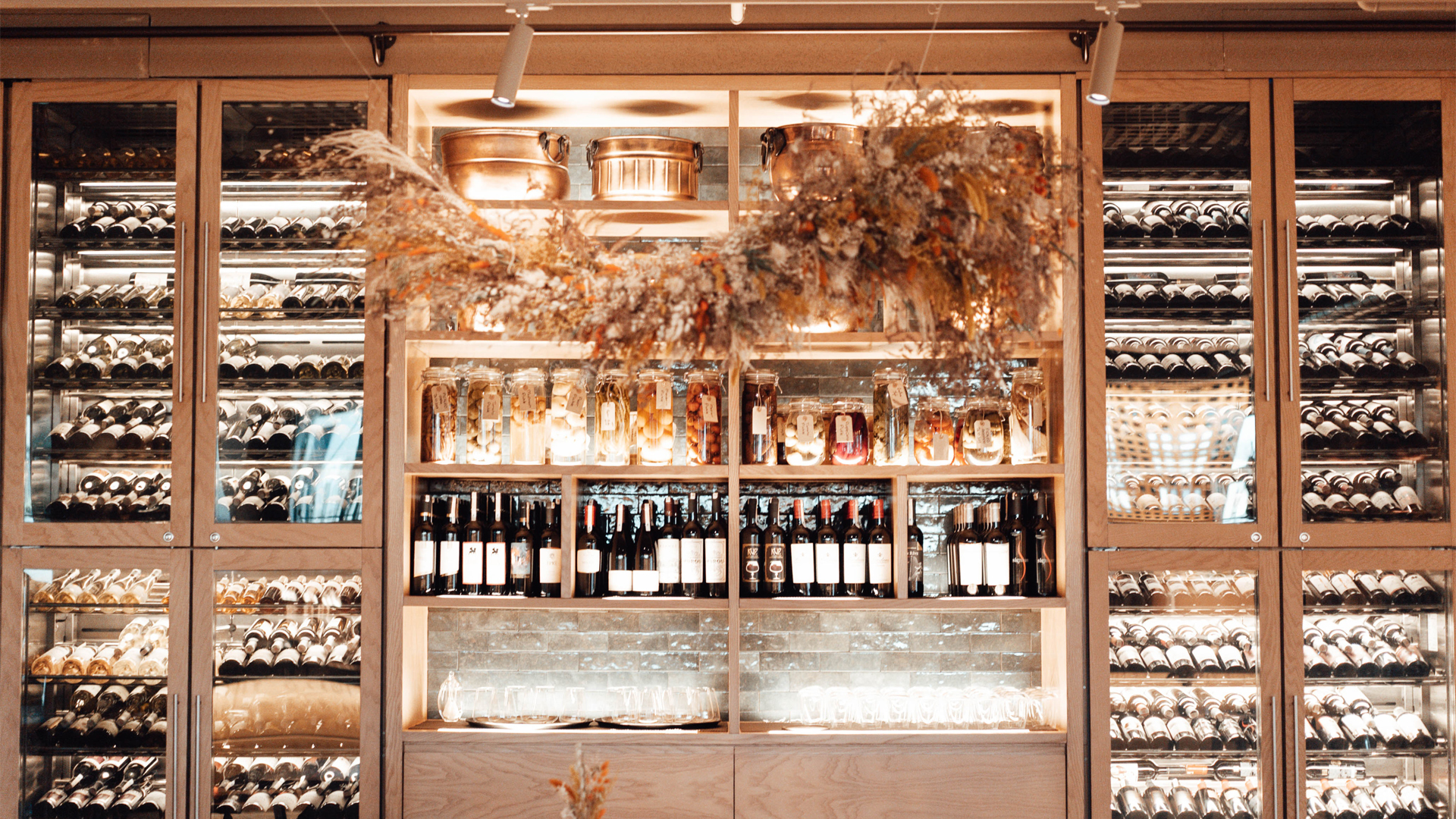
An "enoteca" is essentially the Italian version of a wine bar. Historically, an enoteca only sold wine, either by the glass or in bottles to take home and eventually, many began serving small plates. Today, you will still find the traditional enoteca; however, many have become full-service restaurants and call themselves an “enoteca” to highlight their wine collection.
Arianna DiCicco
Arianna DiCicco is an educator and writer from California, born into an Italian American restaurant family with strong ties to her grandparents’ home in Abruzzo, Italy. She has lived in San Francisco, Rome and New York City where she’s made deep connections within the Italian communities and gained new perspectives about her own culture. With a Masters in International Education, Arianna has a love and passion for learning and educating others about Italian history & culture.

